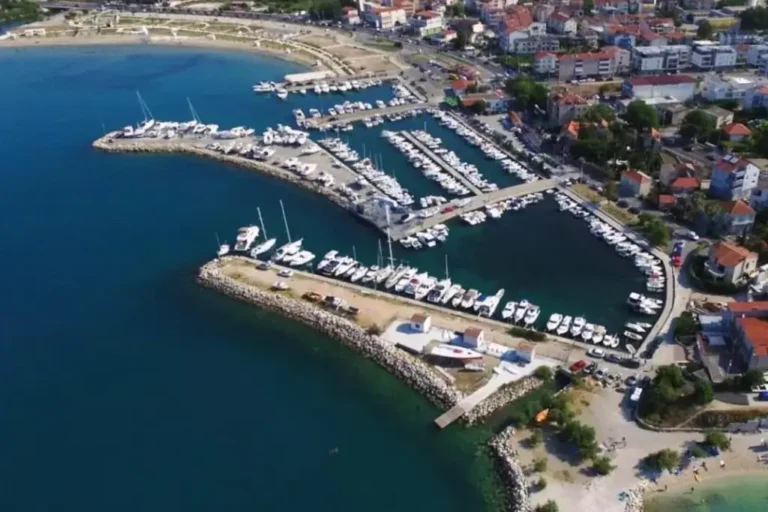Sorry, no records were found. Please adjust your search criteria and try again.
Sorry, unable to load the Maps API.
Sailing to Croatia A map of the best ports and anchorages
Live ranking of your favorite ports and anchorages in Croatia: leave reviews, share your best photos, or add a new spot you’ve discovered. Join the discussion on Croatia Sailing Group for the latest news.
Most popular anchorages in Croatia
(Add an anchorage)Always choose the safest spot. Try zooming in to avoid seaweed fields, then click to start your list of favorites.
-
A hike along nearby trails revealed stunning views. For anyone planning to visit, arriving early is … Read more about this listing
-
Just 12 nautical miles from Trogir, Bobovisca bay is a prime overnight stop for sailors and a very g… Read more about this listing
-
The Blue Lagoon, also known as Krknjasi, is a picturesque location on Drvenik Veli island, close to … Read more about this listing
-
Badija Monastery sits gracefully on Badija Island, just a short distance from Korčula. Arriving by b… Read more about this listing
-
Tripuljak bay, located within Telašćica nature park, is where the park staff maintain mooring buoys…. Read more about this listing
-
It’s not allowed to anchor just in front of the village, it’s said to be the smallest port in the wo… Read more about this listing
Most popular ports and marinas in Croatia
(Add a port)Find a berth for your boat. Keep an eye on the tide and weather forecast, then click to call the port.
-
The Strožanac Sports Fishermen’s Association offers crane services, ladders, controls dry docking, a… Read more about this listing
-
Pula seamlessly blends ancient history with modernity, boasting numerous Roman monuments and diverse… Read more about this listing
-
A spot packed with both history and natural beauty. Although this port isn’t the most frequently vis… Read more about this listing
-
Quiet area, and very good boatyard for wintering, a popular choice for sailors exploring the norther… Read more about this listing
Discussion
Home › Croatia Sailing Group
- This forum is empty.
- Oh, bother! No topics were found here.
- You must be logged in to create new topics.

















